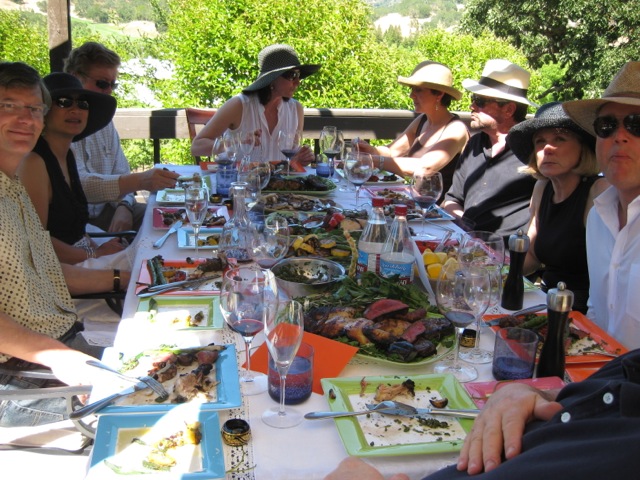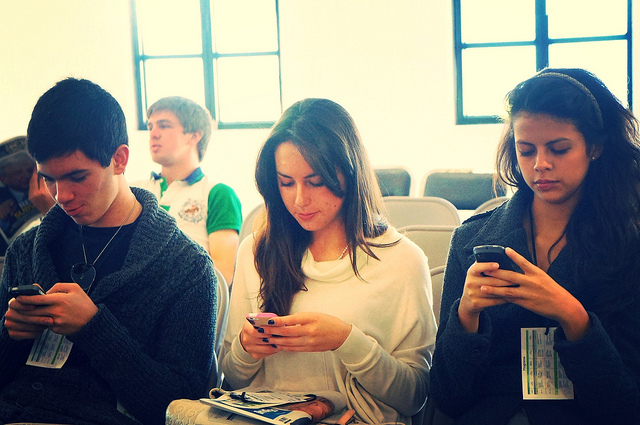Opinions
Why I Cook, and Suggest You Do Too
Recently, The Atlantic did an interesting story: Why Are Millennials So Obsessed With Food? It asks the question, why do people post so many food pictures on Facebook and Instagram, for instance.
“[Eve] Turow’s theory is that in a digital-first era, many people latch onto food as something that engages all of the senses and brings people together in physical space.”
Feminist Father vs. Chauvinist Father
We hear a lot of complaints about sexism and chauvinism in 21st-century Silicon Valley. I want to share some stories from India in the mid-20th century. It may sound prehistoric, but it wasn’t that long ago.
I was born into an old family in Calcutta, India. We were a traditional extended family with about 25 family members and another 25 servants living in one family home. My father is the youngest of six siblings — three brothers and three sisters. His father, my grandfather, was a good man, a noble patriarch, well-meaning, trying to do the right thing.
The right thing, however, in his worldview, did not include treating his sons and daughters equally.
>>>
Future of Education: Three Conversations
There is a lot going on in the educational technology market. In our effort to bring you continued insights in that market, we would like to bring to your attention three recent roundtable discussions:
Leadership and Brilliance Are Not the Same
When LinkedIn suggested “How I Lead” as the topic for this month’s Influencer series, I had to pause to consider how my thinking has evolved on the subject. How did I lead earlier in my career? How do I lead today? What has changed? What has remained constant? How do I synthesize what has worked particularly well?
I have founded and run four companies since 1994. In each case, I had a mission for value creation that was big, bold, important, clear, and I always made sure the mission was communicated to everyone on my team and to the external world with utmost authenticity.
When I started DAIS in 1994, my mission was to jumpstart a technology industry in Calcutta, using my MIT Computer Science background to plug my birthplace into the global startup eco-system. My team of ~50 understood that mission well. I also got the media to root for us, inspiring them with that vision. This helped us tremendously in recruiting talent at a time when “startup” and “Calcutta” were incongruous concepts.
>>>
Is Technology Dehumanizing Society?
In my recent trend piece, From Second Silicon Valley Gold Rush to Angel Investment Bubble, These Are the Tech Trends to Watch, I concluded with the following thought:
The Dehumanization of Society: Technology has created tremendous opportunities for the world to shrink through communication, collaboration, and cloud-based productivity tools. But it has created immense opportunities for wasting time. On Facebook. On Twitter. On stupid games. Human beings are losing their ability to communicate in person. To smile at each other. To converse. To enjoy a meal together without looking at their smartphones. To look into each other’s eyes. To touch. To honor food that someone else has cooked with love and care. To be present in the moment without interruption. This is a tremendous loss that cannot be quantified.
When Should You Move To Silicon Valley?
The question continues to come up often in our work with global entrepreneurs, so further to my earlier Harvard Business Review piece, I will add more color to it. First, here’s a recap from the HBR piece:
Develop a Point of View, Write Regularly
Last year, I wrote If I Were 22: I Was Fired From My Own Company. If you haven’t read that piece, I suggest you do.
For this year’s graduating class, I have a suggestion.
>>>
Looking Forward to the Real Silicon Valley
I am one of those people who doesn’t like bubbles. Right now, we’re experiencing a bubble in Silicon Valley with funny money driving weird, unproductive behavior.
Some people want this party to go on.
I don’t.
Francisco Dao has written a poorly analyzed post on VentureBeat titled What will happen to Silicon Valley when demographics strangle the global economy:




